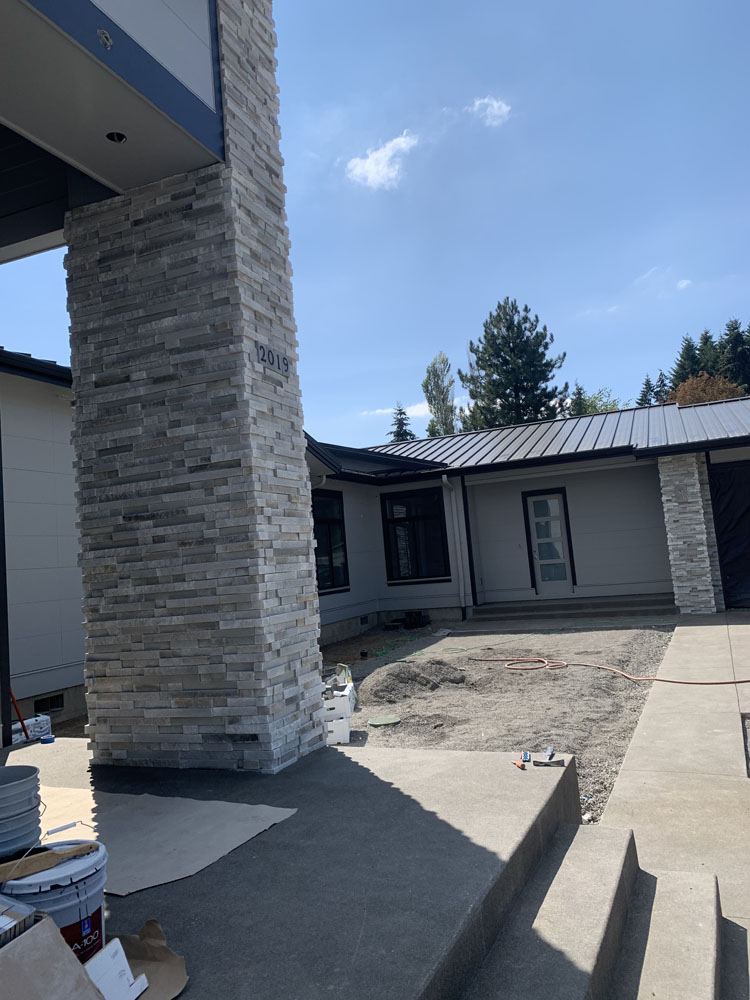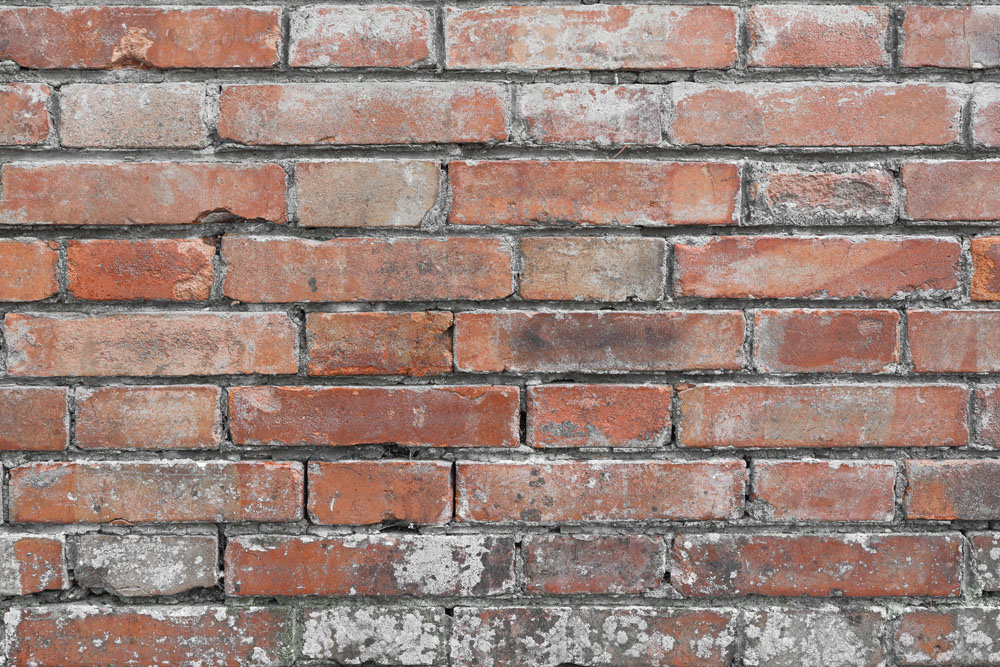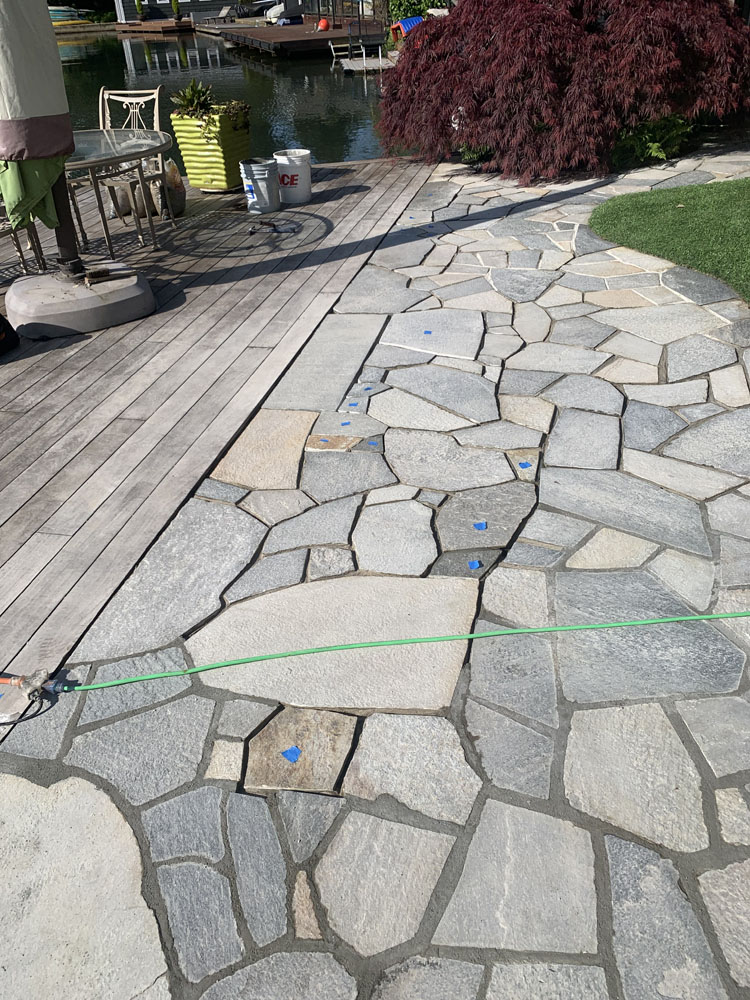Introduction
When it comes to landscape design, few elements are as impactful as masonry walkways. Not only do they provide functional pathways for navigating gardens and yards, but they also add aesthetic value and enhance the overall look of your outdoor space. Whether you're looking to create a charming stone walkway that weaves through flowerbeds or a sleek masonry walkway that complements modern architecture, understanding the art of masonry walkway design is crucial.
In this comprehensive guide, we will delve into the various aspects of creating beautiful and durable masonry walkways. From selecting materials to incorporating design principles, we'll cover everything you need to know to ensure your walkway not only meets your functional needs but also elevates the beauty of your home.

Understanding Masonry Walkways
What Are Masonry Walkways?
Masonry walkways are outdoor paths constructed using various types of hard materials like bricks, stones, or concrete. These paths can be designed in numerous configurations, providing both functionality and artistic appeal.
Why Choose Masonry for Your Walkway?
Durability: Masonry materials withstand harsh weather conditions. Aesthetic Appeal: They offer a timeless look that can complement any home style. Versatility: Various designs can suit different landscapes. Value Addition: A well-designed walkway can enhance property value.Different Types of Masonry Materials
To create stunning masonry walkways, it's essential to understand the different materials available:
- Bricks: Classic and versatile; available in various colors and shapes. Natural Stone: Offers a unique appearance with varied textures. Concrete Pavers: Durable and customizable; ideal for modern designs. Flagstone: Provides an organic look with irregular shapes.
Designing Your Perfect Walkway
Incorporating Landscape Elements
When designing a masonry walkway, consider how it interacts with existing landscape elements:
- Gardens Trees Patios Water features
Integrating these elements creates a cohesive outdoor space where each component enhances the others' beauty.
Creating Pathways: The Art of Masonry Walkway Design
In essence, creating pathways involves more than just laying down stones or bricks; it’s about crafting an experience that guides visitors through your landscape. This process requires careful planning and an understanding of design principles.
Establishing Your Walkway's Purpose
Before you dive into the design phase, ask yourself:
- What is the primary purpose of this walkway? Will it endure heavy foot traffic? Is it meant for aesthetic purposes only?
These questions will guide you in making informed decisions about materials and layout.

Choosing the Right Location For Your Walkway
The location significantly impacts the usability and aesthetic of your masonry walkway. Consider factors such as:
Natural Flow: Follow natural lines within your landscape. Accessibility: Ensure easy access from key areas like entrances or patios. Visibility: Make sure it's visible from various vantage points without obstructing views.Planning Your Masonry Walkway Design
Design Principles to Consider
When planning your masonry walkway design, adhere to fundamental design principles:
1. Balance
Achieve visual balance by distributing various materials evenly throughout the pathway.
2. Unity
Create unity by ensuring all design elements complement each other.
3. Proportion
Consider scale when choosing materials; larger stones work well in expansive areas while smaller bricks suit cozier spaces.
Sketching Your Ideas
Don’t underestimate the power of a rough sketch! Visualizing your ideas on paper helps refine them before actual implementation.
Materials for Building Masonry Walkways
Exploring Common Materials
While there are several options for constructing a masonry walkway, focusing on quality ensures longevity:
- Bricks
Known for their classic charm and durability, bricks come in various sizes and colors suitable for any style preference.
- Natural Stone
With its unique patterns and hues, natural stone offers unparalleled beauty but may require more effort during installation due to its weight.
- Concrete Pavers
These modern alternatives mimic natural stone while providing enhanced durability against weather conditions.
Installation Process for Your Walkway Design
1. Preparation
Before laying any stones or bricks down:
- Clear debris Level out soil Mark pathway outlines
This preparation phase is crucial for ensuring stability over time.
2. Choosing the Right Base Material
A solid base supports long-lasting masonry walkways; common options include:
| Base Material | Pros | Cons | |------------------|----------------------------------------|------------------------------| | Gravel | Good drainage | May shift over time | | Sand | Flexible leveling | Requires regular maintenance | | Crushed Stone | Excellent support | Heavier installation process |
3. Laying Down Stones/Bricks
Follow these steps when laying down your chosen material:
Begin at one end and work towards another. Use spacers or string lines for uniform gaps between each piece. Tap each brick down gently using a rubber mallet to ensure they fit snugly together.Finishing Touches on Your Pathway Design
Once you've laid all pieces down, it’s time to make everything look polished!
Sealing Your Masonry Walkway
Sealing enhances durability while preventing stains from spills or weather exposure—a critical step if you want your stone walkway to last longer!
Adding Edging
Edging provides structure while preventing erosion or shifting over time; consider using metal or wood edging based on aesthetic preferences!
Frequently Asked Questions (FAQs)
What is the lifespan of masonry walkways?
Masonry walkways can last anywhere from 20 years up to several decades if properly maintained!

How do I maintain my masonry walkway?
Regular cleaning with soap and water Masonry Contractor plus resealing every few years keeps your path looking new!
Can I install a masonry walkway myself?
Yes! With proper tools and patience—DIY installations are achievable but may require some research beforehand!
What are some creative designs for stone walkways?
Consider curved pathways that mimic nature’s flow or geometric patterns for contemporary aesthetics—there are endless possibilities!
Are there eco-friendly options available?
Absolutely! Reclaimed bricks or permeable pavers allow water drainage while minimizing environmental impact—perfect choices if sustainability matters!
How much does it cost to build a masonry walkway?
Costs vary widely depending on size/materials used but expect anywhere from $8-$25 per square foot on average—always remember budget constraints when planning!
Conclusion
Creating pathways through effective masonry walkway design isn’t just about placement; it’s an art form reflecting personal style while enhancing outdoor spaces' functionality! By following this comprehensive guide—from understanding materials to mastering installation—you'll be well-equipped to craft stunning brick paths or elegant stone walkways that elevate landscapes beyond expectations! So roll up those sleeves—it’s time to unleash creativity!